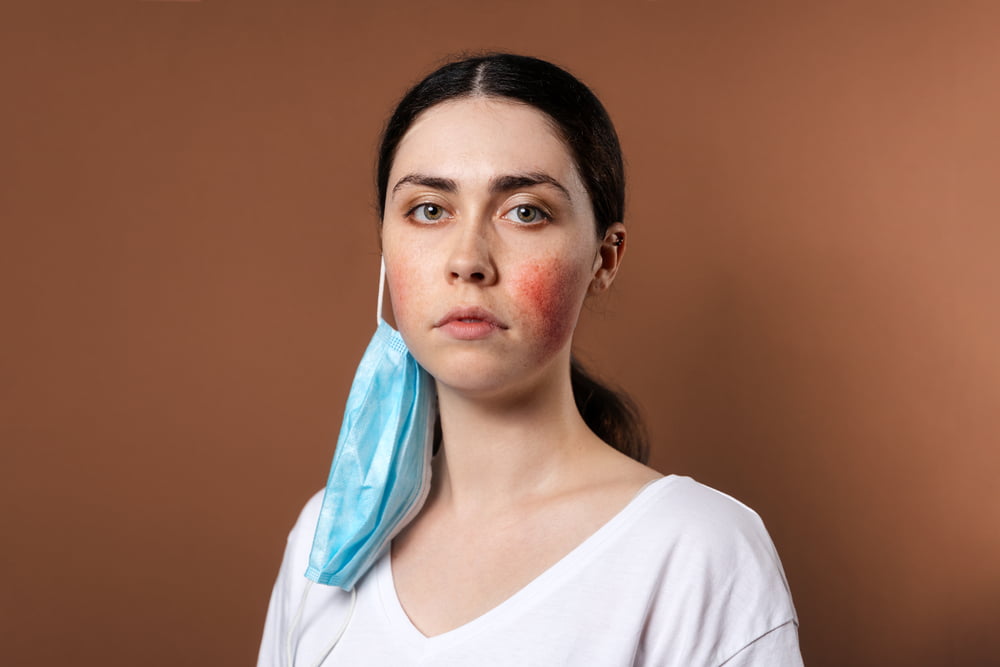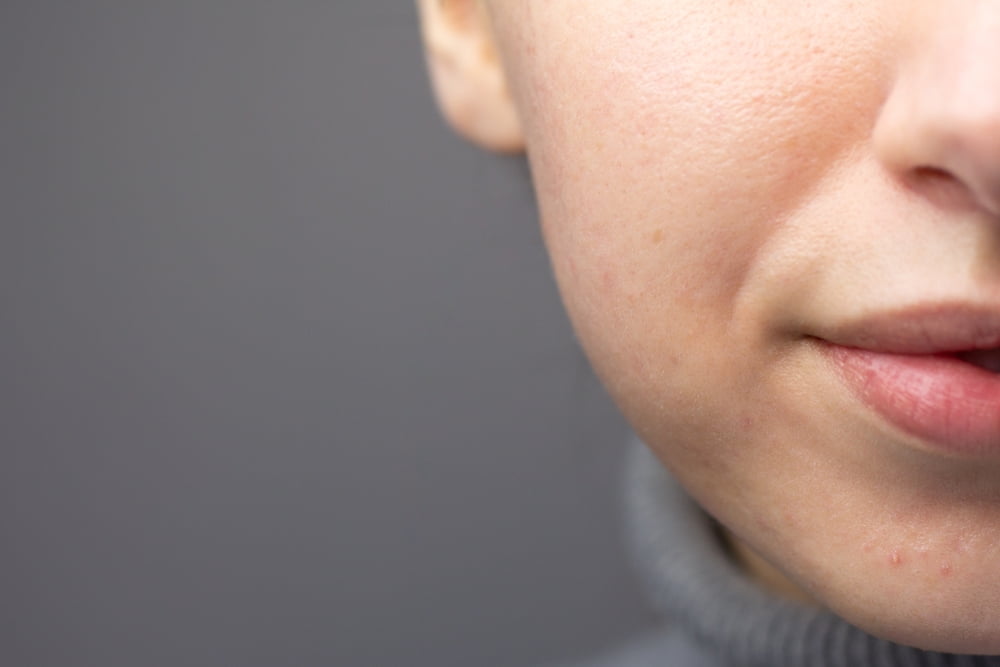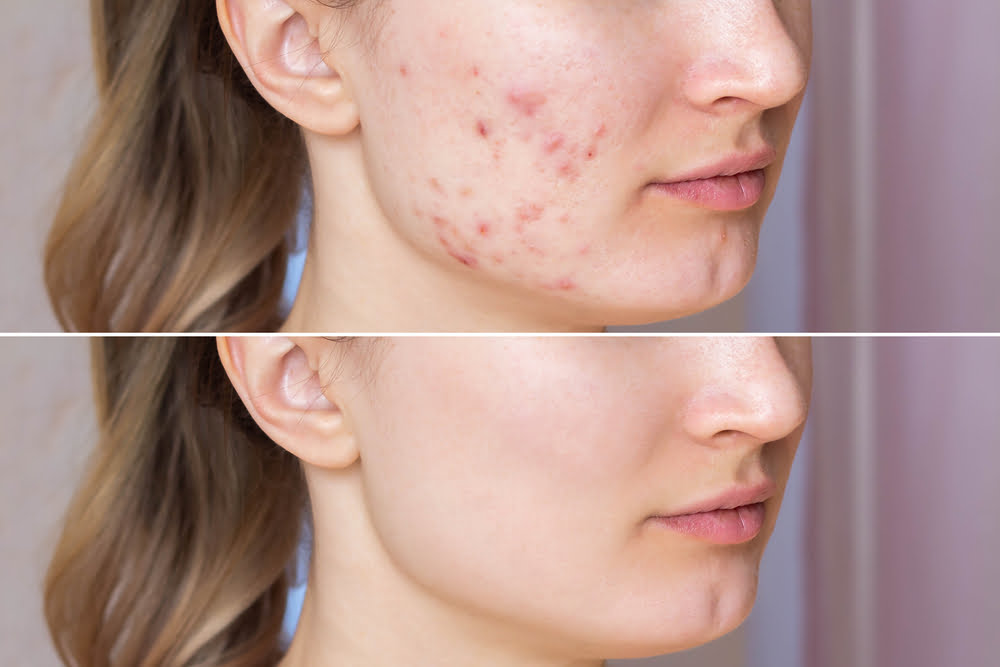
Hemangiomas, often observed in pediatric patients, present unique challenges in dermatology. Understanding these vascular growths is crucial for early detection and effective treatment. At Dermatology Group of the Carolinas, we specialize in diagnosing and treating these conditions in children in Concord and Charlotte, NC. Here, we aim to demystify hemangiomas, from their initial signs to the latest treatment options available.
What Are Hemangiomas?
Hemangiomas are benign (non-cancerous) tumors primarily made up of blood vessels. They are often seen in infants, usually appearing within the first weeks of life and most commonly on the skin. Hemangiomas vary in size, shape, and depth; they might be small and localized or large and spread out. Initially, they tend to grow rapidly, but most start to recede and fade away gradually. By the time a child reaches school age, many hemangiomas become barely noticeable or disappear entirely.
What Are the Different Types of Hemangiomas?
Superficial Hemangiomas
Also known as “strawberry hemangiomas,” these are the most common type. They appear as bright red, raised lesions on the skin’s surface, resembling a strawberry. Superficial hemangiomas are usually quite visible and are characterized by a rapid growth phase followed by a gradual fading over time.
Deep Hemangiomas
These form under the skin and may not be immediately visible. They can appear as bluish-colored, swollen areas. Deep hemangiomas are more likely than superficial ones to pose complications, as they can grow significantly and affect deeper structures.
Mixed Hemangiomas
These are a combination of superficial and deep hemangiomas, displaying characteristics of both. They may have a raised, red area on the surface and a deeper, bluish swelling underneath.
What Are the Early Signs of Hemangiomas?
The early signs of hemangiomas typically emerge in infancy, usually within the first few weeks or months of life. Here are some key early indicators:
Red or Bluish Mark on the Skin
For superficial hemangiomas, a small, red mark that may look like a rubbery bump appears on the skin. It often resembles a tiny scratch or bruise initially. Deep hemangiomas, meanwhile, might present as a bluish swelling under the skin.
Rapid Growth
One of the hallmark features of hemangiomas is their rapid growth phase. After appearing, they may grow quickly over several weeks or months. This growth is more pronounced in superficial hemangiomas.
Change in Texture or Size
The lesion might start small and flat but can become raised or bulbous as it grows. The surface of the hemangioma may change, becoming more uneven or textured.
Location
Hemangiomas can appear anywhere on the body but are most commonly found on the face, scalp, chest, or back. Although they can vary greatly in size and shape, their location does not typically follow any specific pattern.
Warmth or Discoloration
The area around the hemangioma might feel warmer to the touch compared to the surrounding skin. There can also be a noticeable color difference, with superficial hemangiomas appearing bright red due to the high concentration of blood vessels.
How Are Hemangiomas Diagnosed?
Hemangiomas are typically diagnosed through a physical examination, as their characteristic appearance is usually quite distinct. A doctor, often a pediatrician or dermatologist, examines the skin lesion, noting its size, shape, location, and any changes over time. If the hemangioma is superficial, appearing on the skin’s surface, diagnosis is more straightforward.
However, for deeper hemangiomas, which may not be as visibly apparent, further tests might be necessary. These tests can include an ultrasound, which uses sound waves to create images of the hemangioma, or in rare cases, an MRI (magnetic resonance imaging) to obtain detailed images of the affected area. These diagnostic tools help in assessing the hemangioma’s depth and impact on surrounding tissues. Generally, blood tests are not required for diagnosing hemangiomas unless they are part of a more comprehensive assessment for associated conditions.
How Can We Treat Hemangiomas?
Although most hemangiomas will eventually go away on their own, treatment is necessary for those that do not. At our facility, we specialize in evaluating infantile hemangiomas and providing the appropriate treatment based on the needs of the individual patient. With our specialized pediatric care and attention to detail, parents can feel confident that their child’s hemangioma will be properly diagnosed and treated. We use the latest techniques and technologies to ensure that treatments are as effective as possible, with minimal discomfort or side effects. If you are concerned about your child’s hemangioma, contact us today to schedule an evaluation.
How Can You Get Started With Hemangioma Treatment?
If your child is living with a hemangioma, it’s important to explore treatment options to manage symptoms and potentially even minimize the appearance of the growth. Hemangiomas can be complex in their presentation and require individualized treatment plans. We offer consultations to evaluate your situation and help you understand the options available to you. We want to provide personalized, effective hemangioma treatment that meets the unique needs of each patient.
Receive Treatment for Hemangiomas in Concord & Charlotte, NC
Dermatology Group of the Carolinas, serving Concord and Charlotte, NC, takes pride in offering top-quality pediatric dermatology services to young patients with skin diseases, infections, and conditions. Among our many services, we specialize in hemangioma treatment for infants. Our skilled and experienced dermatologists provide customized solutions to manage chronic skin conditions and restore health to the skin. With a commitment to excellence, we utilize the latest technology and techniques to ensure a safe and effective treatment plan.
If your child needs professional care for a skin concern, don’t hesitate to contact us online or call (704) 784-5901 for a consultation.





